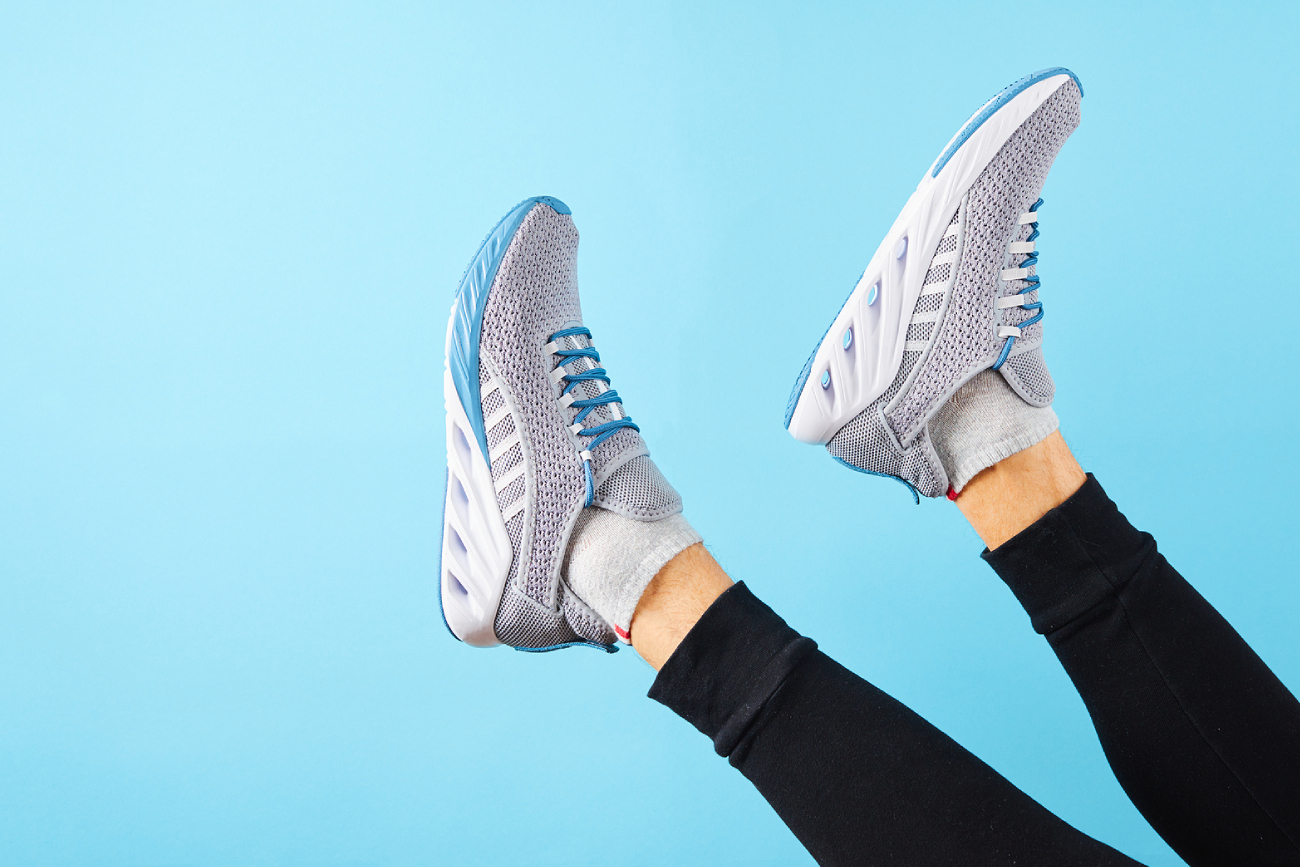Living with plantar fasciitis is no small feat—pun intended. The pain can make every step feel like you’re walking on glass. But the right pair of shoes can work wonders in managing symptoms, preventing flare-ups, and restoring mobility.
Still, with so many shoe brands and models out there, it’s easy to feel overwhelmed. What exactly should you be looking for? And how can you be sure the shoes you’re eyeing will truly help?
No matter if you’re recovering from a recent bout of heel pain or proactively protecting your feet, this guide will break down what to look for in plantar fasciitis shoes. If you’re considering a visit to a podiatry clinic in Singapore, this knowledge can help you ask the right questions and find lasting relief.
What is Plantar Fasciitis?
Plantar fasciitis happens when the thick band of tissue under your foot—the plantar fascia—becomes inflamed or torn. It often feels like stabbing pain in the heel, especially in the morning or after sitting for long periods.
Some common causes of plantar fasciitis include repeated strain, often from unsupportive shoes, poor walking posture, weight gain, or increased activity levels.
Key Feature #1: Proper Arch Support
Support is non-negotiable. Your arches help absorb shock and distribute weight. Without support, the plantar fascia bears too much strain and becomes irritated.
When shopping for plantar fasciitis shoes, choose ones that have built-in arch support (especially for high or low arches). Many brands label their insoles as “orthopaedic” or “motion-control”—this is a good place to start.
Key Feature #2: Deep Heel Cup
The heel cup stabilises the rearfoot and controls excessive motion, especially overpronation (when your foot rolls inward too much). A deep, firm heel cup also helps cushion impact when your heel strikes the ground.
It might seem like a small detail, but it’s one of the most important features to reduce heel pain over time.
Key Feature #3: Shock Absorbing Midsoles
Shoes for plantar fasciitis should minimise impact. EVA (ethylene vinyl acetate) foam or gel-infused midsoles are excellent at dispersing pressure. This is especially important if you walk or stand for long hours or have a physically demanding job.
Look for terms like “shock absorbing,” “cushioned sole,” or “pressure distribution” when shopping.
Key Feature #4: Flexible But Supportive Outsole
Good plantar fasciitis shoes strike a balance between flexibility and structure. The outsole (bottom of the shoe) should allow your foot to move naturally—but not too much.
Outsoles that are too soft or flimsy won’t provide the stability needed to prevent overstretching of the plantar fascia.
Key Feature #5: Roomy Toe Box
A narrow or tight toe box can cause pressure on your forefoot, altering your walking mechanics and further irritating your fascia. Look for shoes that allow your toes to spread naturally and don’t compress them.
A wide toe box also helps if you use custom orthotics or insoles, which may take up extra room inside the shoe.
Key Feature #6: Breathable Material
You want shoes that are not only supportive but also comfortable to wear for hours. Breathable mesh, moisture-wicking linings, and soft padding reduce sweat and friction, helping prevent blisters and irritation.
Breathability can also reduce swelling, which tends to worsen plantar fasciitis pain after long hours of wear.
Extra Tip: Don’t Forget Fit and Lacing
Always try on shoes later in the day, since your feet naturally swell a bit. Check that your heel doesn’t slip out and your toes don’t feel cramped. Adjustable lacing systems can also help fine-tune the fit.
Better yet, let a specialist help fit your shoes properly. A podiatry clinic in Singapore like Feet First Podiatry Clinic can analyse your gait and recommend exact shoe models suited to your foot mechanics.
Conclusion
The right plantar fasciitis shoes can make a night-and-day difference in your comfort level. Key features like strong arch support, heel stability, shock absorption, and breathable materials all play a vital role in keeping your feet pain-free.
But sometimes, shoes alone aren’t enough. If your heel pain persists or you’re unsure what your feet really need, it’s time to talk to the professionals. Book an appointment with Feet First Podiatry Clinic and take the first step toward healthier, happier feet. Relief is just a pair of shoes (and a great podiatrist) away!

